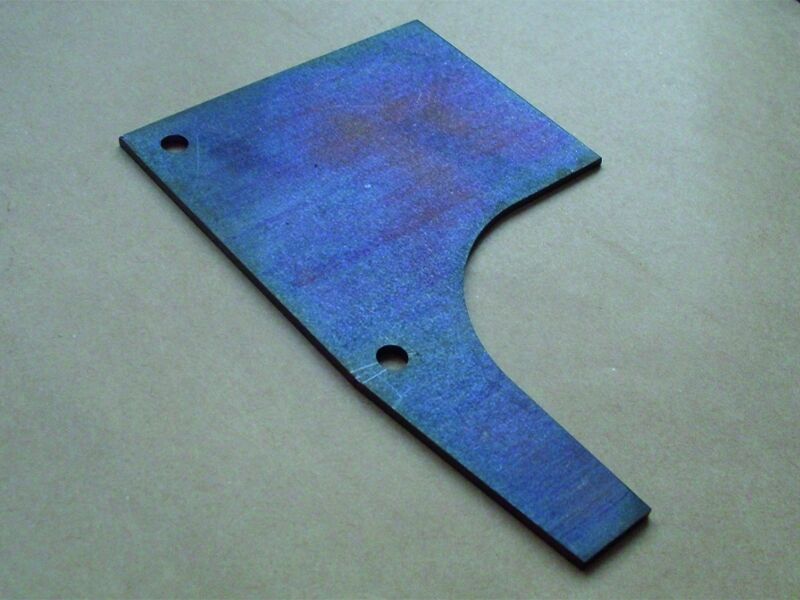 June 05 2024
June 05 2024
Immersion iron phosphate coating is a method used to protect metal surfaces and enhance their paintability. This process is commonly preferred for the protection of metals such as steel and iron.
The process typically involves the following steps:
Surface Cleaning: The first step is to remove contaminants, oils, and rust from the metal surface. This ensures that the surface is properly prepared for the coating to be more effective.
Phosphating: The cleaned metal surface is usually immersed in a phosphating bath. The phosphating process creates a thin phosphate layer on the metal surface. This layer serves as a base for the subsequent protective coating and helps prevent rust on the metal surface.
Immersion Iron Coating: After the phosphating process, the metal surface is typically dipped into a molten iron coating material. This step provides the surface with a protective iron layer. The immersion process ensures an even coating across the entire surface, making the protective layer more durable.
Drying and Finishing: After the coating process, the metal surface is usually dried, and additional treatments may be applied if necessary. This step ensures that the coating fully dries and that the final product possesses the desired characteristics.
Immersion iron phosphate coating increases the corrosion resistance of metal surfaces and also facilitates subsequent painting processes. For this reason, it is widely used in various industries, especially in the automotive sector. This coating method enhances the durability and appearance of metal parts, resulting in long-lasting and aesthetically appealing outcomes.